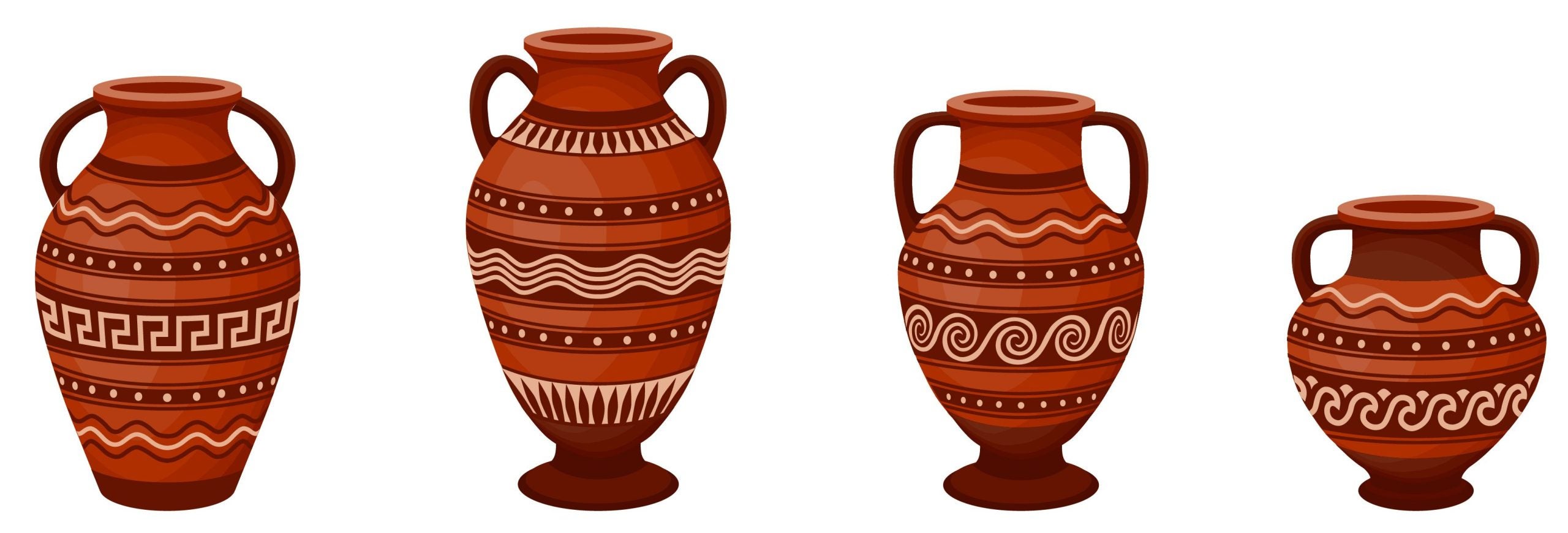
In the ancient world, amphorae – distinctive two-handled clay vessels – were pivotal tools in trade. They ranged from five to eighty litres, serving as containers for commodities such as oil, wine, honey, olives, pickled vegetables and the Roman-favoured garum, akin to modern soy sauce in Asian cuisine.
Shaped with a tapered base, these vessels were tailored for ship transport. The design allowed them to stand side by side and stack, optimising storage on board. Gigantic vessels could carry up to ten thousand amphorae.
Their two handles facilitated handling and led to their name being derived from ancient Greek.
From cargo to rubble: amphorae’s transient role
In an intriguing parallel to modern disposable packaging, amphorae served as one-time-use containers in ancient times.
Upon unloading at ports, they had fulfilled their role and were either discarded or repurposed, transforming into everything from latrines to lightweight construction material.
The vessels bore marks of origin, weight, contents and export details.
Olive oil amphorae formed colossal heaps, such as the present-day Monte Testaccio in Rome. Over fifty million shards remain, offering a trove of information for archaeologists.
These fragments unveil insights into ancient trade routes, dietary habits and far-reaching commerce. Traces even indicate exports to places as distant as India and Ethiopia.
German archaeologist Heinrich Dressel brought method to the evaluation of shards on Monte Testaccio, classifying over forty amphorae types based on shape, inscriptions and contents. Notable classifications devised by him include “Dressel 20” for bulbous Spanish oil containers, and some still persist in use.
His work shed light on the historical use and origins of these vessels.
Preserving the past: a cautionary note for amphorae enthusiasts
While amphorae remain abundant in the seas and shipwrecks of Turkey, Spain and Greece, a word of caution echoes: leave them untouched.
Removing or exporting these historical relics is against the law and can lead to severe consequences. Recent cases underline the legal ramifications, as even possessing fragments can result in steep fines and imprisonment.
The world of ancient amphorae continues to unveil its secrets, from their role as efficient trade vessels to their enduring impact on historical research.
As archaeologists meticulously piece together the past, these clay vessels persist as silent witnesses to the bustling trade routes and practices of antiquity.




